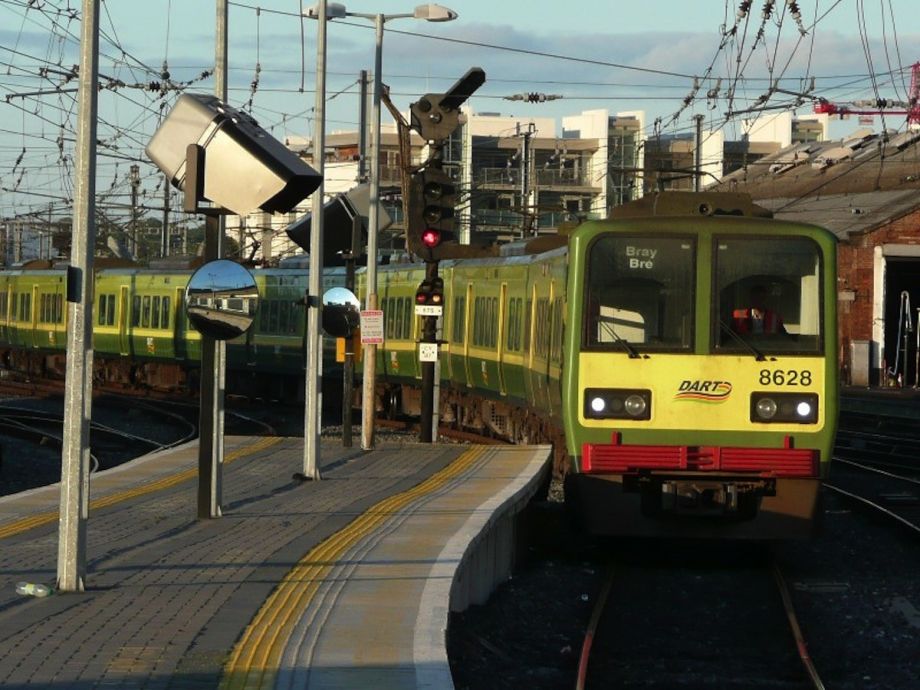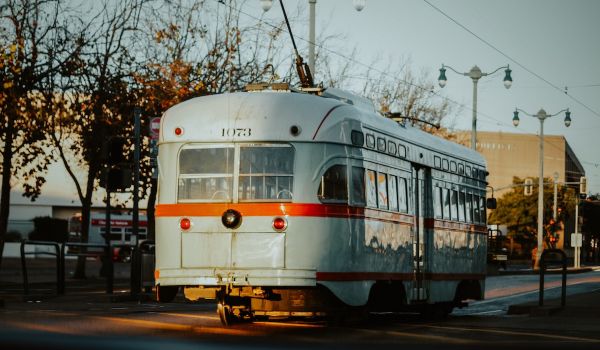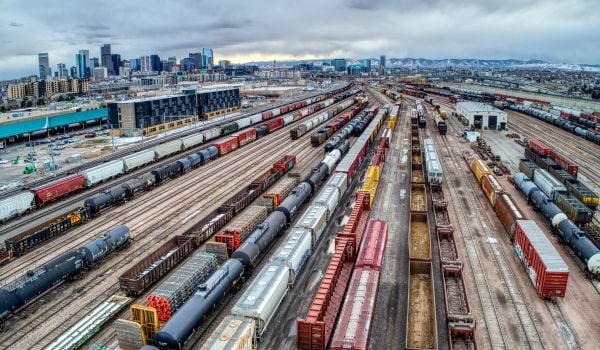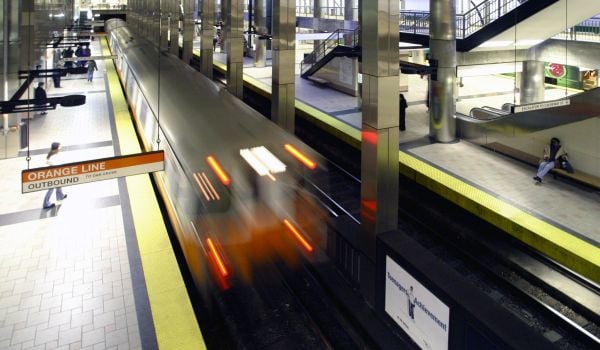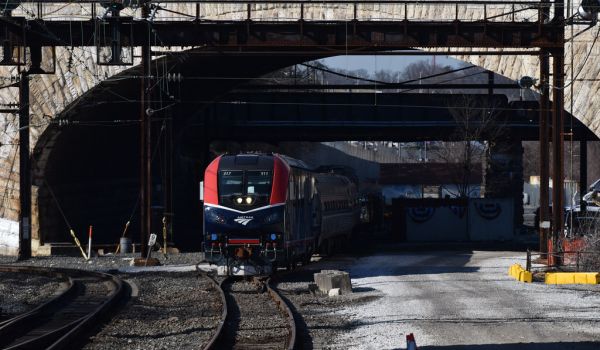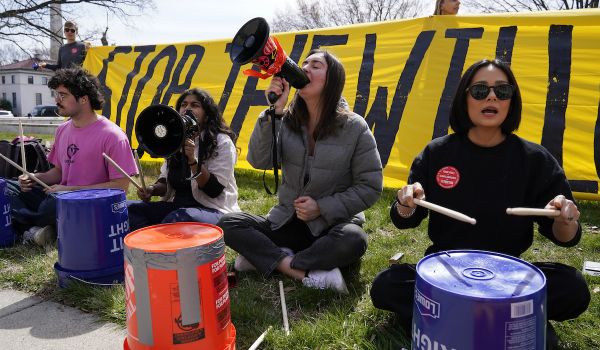Our weekly “New Starts” roundup of new and newsworthy transportation projects worldwide.
Dublin Sends Subway Back to Drawing Board
Ireland’s capital is slated to get its first subway sometime in the next decade as part of a major expansion program for DART (Dublin Area Rapid Transit), the electrified rail line that operates along the coast of the Irish Sea and connects central Dublin with suburbs to its northeast and southeast. DART Underground, which as of now accounts for €3 billion ($3.36 billion U.S.) of the expansion program’s €4 billion ($4.48 billion U.S.) price tag, will run from north of Connolly station on the Northern Line in central Dublin inland to Inchicore on the Kildare line.
But first the Irish government wants to trim that price tag a bit.
Global Rail News reports that, in response to a review of the project conducted by the National Transport Authority (NTA), the government has ordered a redesign of the underground line in order to find a “lower cost technical solution” and asked that the line’s design and planning be accelerated to allow work on the line to begin in 2020.
“As government works to further stabilise the public finances, we must continue to seek the best value for taxpayers’ money in everything we do,” Irish Minister for Transport, Tourism and Sport Paschal Donohoe told GRN. “A project of such magnitude … has to be designed and delivered in a way that best ensures cost effectiveness for the taxpayer and the State.”
The remainder of the €4 billion will go to electrifying existing rail lines for DART service along with expansion of the railcar fleet and storage and maintenance facilities.
Feds Call for Takeover of Washington Metro Safety Oversight
The past several years have not been good ones for “America’s Subway.” Ever since a horrific fatal crash near Takoma station in 2009 revealed defects in vital train detection circuitry, there has been a near-steady stream of incidents in which Washington Metro trains have derailed or equipment has malfunctioned, sometimes leading to further loss of life. The most recent fatal accident occurred when ventilation fans failed to clear smoke from a Metro tunnel following an electrical fire in January, filling a stopped train with thick smoke and killing one passenger. The incidents, combined with delays caused by reconstruction work designed to bring the aging system back to a state of good repair, have led to significant declines in ridership in the last year.
In most U.S. cities, state transportation departments have responsibility for ensuring the safety of rapid transit and light-rail systems. Washington’s system sprawls across two states and one congressionally administered territory, making this impossible. After reviewing 11 accidents over a 33-year time span, the National Transportation Safety Board has issued an “urgent call” for direct federal oversight of safety on the Washington Metro.
A McClatchy news report notes that the Federal Transit Administration, which performs some oversight duties on Metro, has no enforcement powers if it finds safety violations. Neither does the Tri-State Oversight Committee that has direct oversight responsibility.
By contrast, the Federal Railroad Administration can fine Amtrak and the commuter railroads whose tracks and equipment it inspects. The NTSB proposes that Congress authorize the FRA to oversee Metro the same way it does the commuter railroads.
U.S. DOT Press Secretary Namrata Kolachalam called Metro’s safety record “unacceptable” in a statement released last week. She went on to add that the DOT “is exploring all options to improve this record, including a range of approaches that will allow us to directly increase federal safety oversight of Metro.”
The Washington Metro carries 869,000 riders each weekday, more passengers than any other U.S. subway save New York’s.
Another Australian State Hops on the Funding Train
Add Western Australia to the list of Australian states that are putting in requests for funding for rail transit projects after the ruling federal Liberal Party replaced its prime minister with one more willing to consider rail transit projects.
Perth Now reports that Western Australia State Premier Colin Barnett intends to ask Canberra for A$1 billion ($708.5 million U.S.) to fund two rail transit projects.
Half of that sum would go to a rail link between the Perth city center and its airport, work on which is slated to begin next year; the other half would go to the proposed MAX light-rail network.
“If Malcolm Turnbull is changing that approach, and he is, then I think those projects should get funding, as are other big projects in other capital cities,” Barnett told reporters.
Turnbull replaced Tony Abbott as leader of the Liberal Party in mid-September. The Liberals currently hold power in Canberra in a coalition with the National Party.
Barnett noted that the MAX project was still two to three years away from actual construction, while work on the airport rail link will begin next year. Back in March, Perth Now reported that the state government was considering scrapping the light-rail project in favor of a bus rapid transit plan that would cost a total of A$1.2 billion ($850.2 million U.S.), about 60 percent of MAX’s A$2 billion ($1.42 billion U.S.) projected cost.
Know of a project that should be featured in this column? Send a Tweet to @MarketStEl using the hashtag #newstarts.
The Works is made possible with the support of the Surdna Foundation.

Next City contributor Sandy Smith is the home and real estate editor at Philadelphia magazine. Over the years, his work has appeared in Hidden City Philadelphia, the Philadelphia Inquirer and other local and regional publications. His interest in cities stretches back to his youth in Kansas City, and his career in journalism and media relations extends back that far as well.
Follow Sandy .(JavaScript must be enabled to view this email address)


